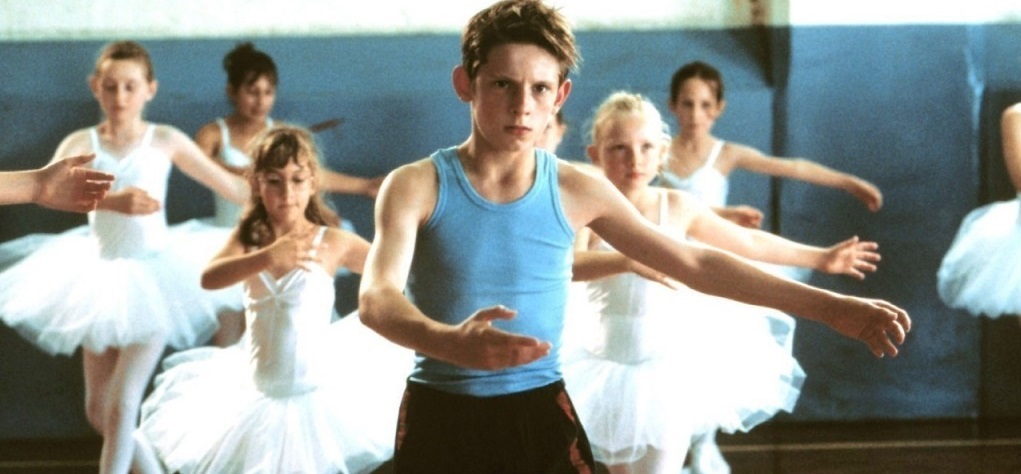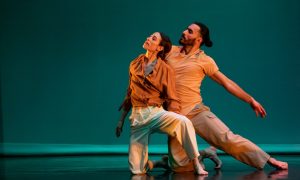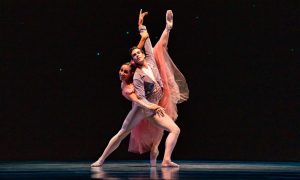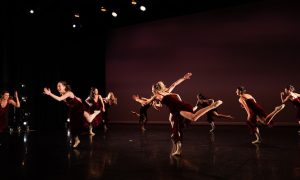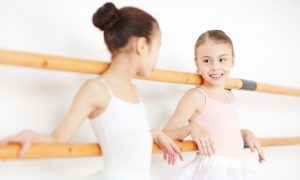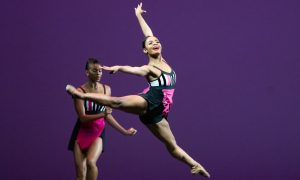We all know the world of ballet needs more men. So how do we, as teachers, keep boys interested in ballet class, at any age? Rain Francis consulted Shaw Coleman, who is currently working as a freelance dancer and choreographer in Europe.
#1. Focus on combinations that are less complicated and pretty and more strength-based and energetic. For example, less adage or port de bras, more jumps. “Even when I was a kid and didn’t know what grand allegro was, my favourite barre exercise was grands battements,” says Shaw.
#2. Set specific exercises for the boys. Don’t forget to include things like tour en l’air (or preparatory exercises for tours), turns and hops in a’la seconde, and pirouettes from second position.
#3. “Having other boys in the class helps,” says Shaw. “Men are very competitive, so having a sparring partner can be motivating.” Wherever possible, have special boys-only classes to work purely on techniques for male dancers. If there are no other boys in your school of a similar age, encourage your male students to bring a friend.
#4. Make a clear distinction between ballet for girls and ballet for boys. Of course, the classical technique remains the same, but the functionality of it – as well as the aesthetic – differs. “Boys need to hear the message ‘what you’re doing is for men, not for girls’,” says Shaw.
#5. Encourage your students to find male role models so they can see what they are striving for. Role models can be famous dancers such as Nureyev, Baryshnikov or Acosta, a favourite dancer from a local company, a male teacher, or an older student. If there are no male ballet teachers at your school, arrange regular one-off workshops or masterclasses with a male teacher to inspire your boys.
#6. Make sure your school has published uniform requirements for boys as well as girls, even if you only have one male student. “[Not having uniform requirements] always made me feel like an oddity,” says Shaw. “It was like they weren’t set up for teaching boys, that I wasn’t especially welcome.”
#7. As boys hit puberty, it’s important to have “the jockstrap talk” with them. “There were no older guys in my dance school at the time I went through puberty,” says Shaw. “The female teachers either didn’t know or didn’t want to have that conversation with me. I would look at pictures of pro dancers and try to work out what they were wearing under their tights. I remember being embarrassed every class wearing just jocks under my tights, feeling very exposed.” 11 or 12 is a good age to transition to wearing a dance belt. “I didn’t work it out until I was 14 or 15!”
#8. These days, there is unlimited access to so much material to inspire your boys. Point them towards YouTube videos of outstanding male dancers, and encourage them to read autobiographies and attend performances. Teach them variations from the classical repertoire, tailored to their age and skill level.
By Rain Francis of Dance Informa.
Photo: A scene from Billy Elliot the movie.


